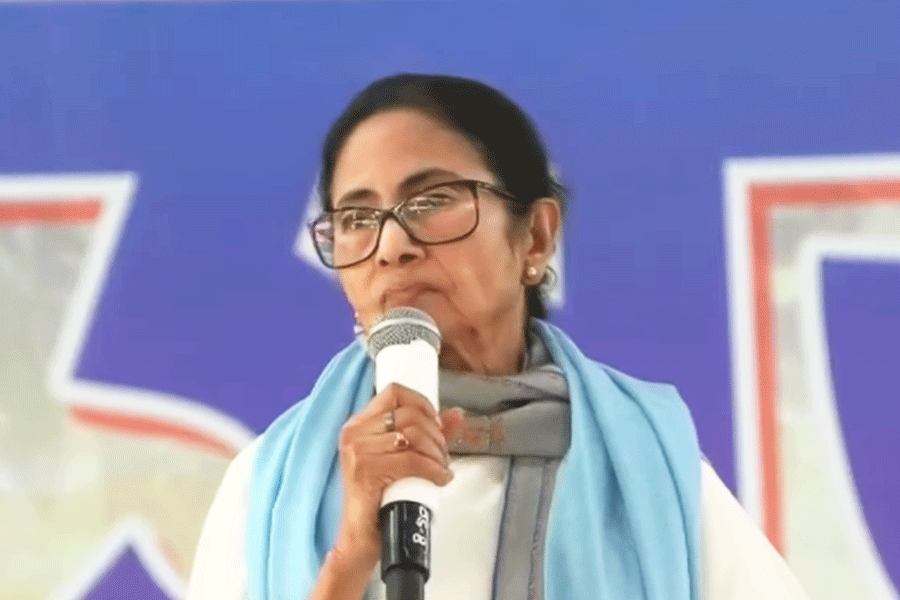New Delhi, Dec. 3: India will conduct a second missile defence test shortly, following up on the November 27 firing in which it unveiled its own missile defence programme, the director of the project said here yesterday.
The first phase of the missile defence programme will take another three years before missile scientists take a call on inducting the interceptors into the armed forces.
The missile scientist said it would take two batteries of the interceptors to defend New Delhi against a missile threat.
A battery could fire a salvo of four to six interceptors. Few countries have missile defence capabilities of their own and the US, Israel and Russia are still fine-tuning their programmes.
Vijay Kumar Saraswat, chief controller (research and development), Defence Research and Development Organisation, said the November 27 test of an exo-atmospheric missile, which hit a Prithvi missile modified as a target, will be followed up with the development of an “endo-atmospheric” missile. The two systems have not been given names as yet but are being called PAD and AAD.
“We have developed the technologies for ballistic missile defence. It has taken us four to five years. But more tests have to be carried out for different flight envelopes before we can say we are ready,” Saraswat said.
The programme director gave a presentation on the PAD, with footage of the target, Prithvi, launched from the Interim Test Range in Chandipur and the firing of the interceptor from Plot LC-4 in Wheeler’s Island. The interception at an altitude of 50 km was shown in grainy footage but was also plotted on a computer.
The PAD that was tested is configured to defend against ballistic missiles with a range of 300 to 600 km. Chinese M-9 and M-11 missiles that India suspects are the originals of the Pakistani Shaheen I fall in this category.
The PAD is designed to intercept a missile in its “terminal phase” — as it descends on its intended target on the surface — at 50 km. The AAD — that the DRDO is preparing now for a test in three to four months — is designed to intercept at 30 km from the surface.
Saraswat said even if some of the components — such as the Long Range Tracking Radar — were adapted from imports “our programme is completely home-grown”. The radar is a modified Israeli-made Greenpine Radar and tracks the path of the enemy missile and feeds it to the interceptor.
The Indian military establishment has been looking at the American Patriot Advanced Capability (PAC)-III anti-missile missile and also the Israeli Arrow and the Russian S-300.










